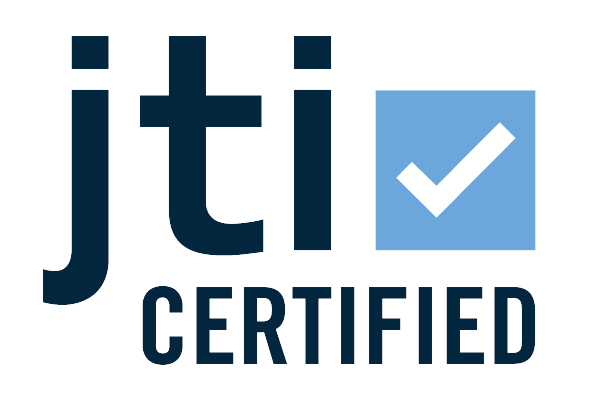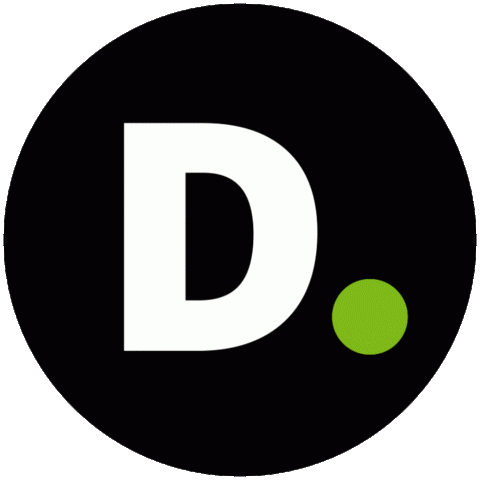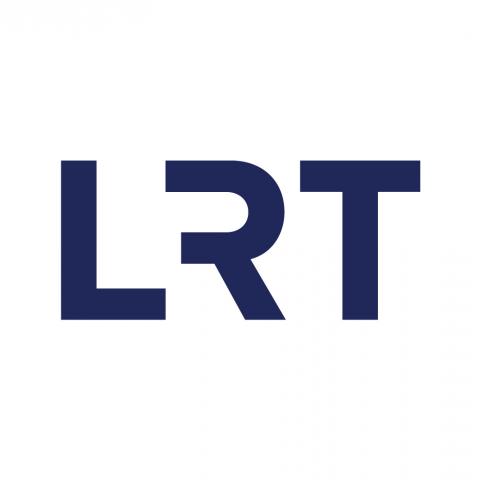
The Media Outlet has been independently certified according to the JTI Programme and CWA 17493:2019.

Certified by
Deloitte
Date of certification
14/07/2025
Contact details
477 Collins Street
3000 Melbourne
Australia

10. Accuracy
10.1. Processes for Ensuring Accuracy
The Media Outlet shall have internal rules with a systematic editorial process to make sure that the content is accurate and the Editorial Guidelines are adhered to. This may include the verification process for the content and the role of editorial oversight.
Do you have internal rules and a systematic editorial process to ensure the accuracy of your content?
YesIf you want to publish additional information, please provide it here.
Do you have internal rules and a systematic editorial process to ensure that the Editorial Guidelines are adhered to?
YesIf you want to publish additional information, please provide it here.
Do you have a verification process for content and the role of editorial oversight?
YesIf you want to publish additional information, please provide it here.
10.2. Process Review
There shall be a mechanism for the periodic review of the editorial processes to ensure that they are in compliance with the Editorial Guidelines and that the accountability processes are effective and being used to support them.
Do you have a mechanism for periodic review of the effectiveness of the implementation of your Editorial Guidelines in your editorial processes?
YesIf you want to publish additional information, please provide it here.
See the LRT Editorial Policy, Ch. XII "FINAL PROVISIONS".
Is your accountability mechanism (internal or external) subject to periodic review?
YesIf you want to publish additional information, please provide it here.
See the LRT Editorial Policy, Ch. XII "FINAL PROVISIONS".
10.3. Statistics and External Content
Statistics and external photographs/video/audio content should be sourced and verified.
Do your Editorial Guidelines require that statistics should be sourced and verified?
YesIf you want to publish additional information, please provide it here.
See the LRT Editorial Policy, Ch. III.1.4. "Ensuring the truth and accuracy of information. Exceptions to editorial responsibility".
Do your Editorial Guidelines require that external photographs/video/audio content should be sourced and verified?
YesIf you want to publish additional information, please provide it here.
The general requirement to verify facts and sources of initial information also implies the requirement to source and verify photos/videos/audio content.
See the LRT Editorial Policy, Ch. III.1.4. "Ensuring the truth and accuracy of information. Exceptions to editorial responsibility".
10.4. Identification of Journalists, Agencies
Principle and secondary authors should be identified, or if not, then recorded via publishing mechanisms, so that this information can be accessed if there is a query. This includes any news agency material subscribed to by the Media Outlet. Any details of individuals should be subject to the legal requirements of data protection and security considerations.
Are the Individual Journalists (including external sources) identified, for example through a byline, or recorded in publishing mechanism so that this information can be accessed?
YesIf you want to publish additional information, please provide it here.
Is all News Agency material used by the Media Outlet recorded and tracked?
Yes10.5. Location Reporting
In news reporting, it should be clear to any reader or audience where a report is being written from, and if it includes location reporting. Where location reporting is constrained due to the mechanism or conditions of the facilitation this should be identified, e.g. an embed with an official army or independent travel with local militias. This may also include occasions where the reporting has been facilitated by a commercial, NGO or governmental organisation and labelling is necessary for transparency.
Is location reporting identified in your content?
YesDo your Editorial Guidelines ensure that any constraint on location reporting be explained in the report or in the context of its publication?
YesIf you want to publish additional information, please provide it here.
Do your Editorial Guidelines require transparency where a location report has been facilitated by an external body?
YesIf you want to publish additional information, please provide it here.
10.6. Automatically Generated Content
News content generated, wholly or partly, automatically by means of algorithmic processes (such as but not limited to text generating systems, bots or artificial intelligence) shall be clearly indicated.
Do you publish any content that is automatically generated?
YesIs it in the Editorial Guidelines of your Media Outlet to clearly indicate content generated, wholly or partly, by means of AI or algorithmic processes?
YesIf you want to publish additional information, please provide it here.
LRT's use of AI tools in its operations is guided by the Artificial Intelligence Usage Guidelines - standards for the fair and transparent use of AI in LRT's operations.
10.7. Algorithmic Dissemination and Curation
A Media Outlet shall indicate its policy on the use of algorithms for news content dissemination or curation and its adherence to best practice requirements from regulatory or advisory bodies.
Do you use any algorithms for the dissemination or curation of content?
YesDo you clearly indicate your policy on your use of algorithms for the dissemination and curation of news content?
YesIf you want to publish additional information, please provide it here.
The use of algorithms for content curation and distribution, conducted in accordance with the rules and principles set out in the Artificial Intelligence Guidelines, approved by order of the LRT Director General on 6 February 2024.
Does the Media Outlet adhere to best practice requirements from a regulatory or advisory body?
YesIf you want to publish additional information, please provide it here.
The Guidelines on the Responsible Implementation of Artificial Intelligence Systems, adopted by the Steering Committee on Media and Information Society (CDMSI), Council of Europe, on 30 November 2023).
Communication from the Commission to the European Parliament, the European Council, the Council, the European Economic and Social Committee and the Committee of the Regions. Artificial Intelligence for Europe, Brussels, 25 April 2018 COM(2018) 237 final.
10.8. Treatment of Explicit Content
Editorial processes shall ensure the ethically appropriate treatment of violent and explicit content, of content which features children or other vulnerable people, and of live content.
Do your Editorial Guidelines ensure the ethically appropriate treatment of violent and explicit content?
YesIf you want to publish additional information, please provide it here.
Do your Editorial Guidelines ensure the ethically appropriate treatment of content which features children or other vulnerable people?
YesIf you want to publish additional information, please provide it here.
See also in:
- The LRT Editorial Policy, Ch. III.1.7. "Respect for privacy",
Ch. V. "DISPLAY AND TREATMENT OF SENSITIVE CONTENT", in particular, Ch. V.3. "Specific features of the publication of information on minors".
- The Code of Ethics of Journalists of LRT, Ch. V. "PROTECTION OF MINORS".